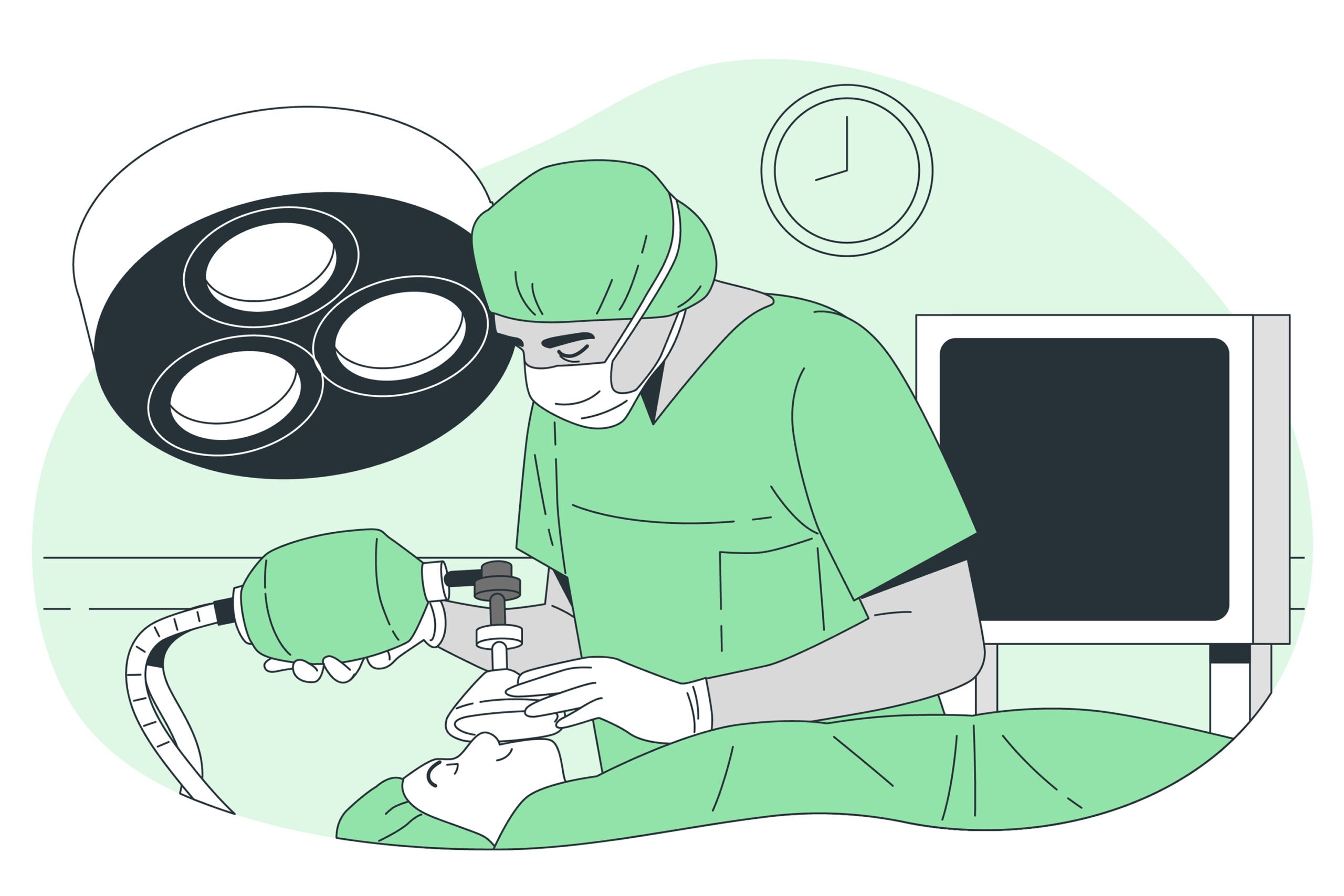Analgesics relieve pain by blocking signals; anesthetics induce a reversible loss of sensation, often used in surgeries or medical procedures.
TL;DR Analgesic Vs. Anesthetic
Analgesics are medications that help relieve pain by blocking nerve signals in the body. They can be purchased over-the-counter or prescribed by a healthcare professional depending on the intensity of the pain. Analgesics are widely used for various conditions such as headaches, muscle aches, and chronic pain.
Anesthetics are substances that induce a temporary loss of sensation or consciousness during medical procedures. There are different types of anesthetics available depending on the extent of numbness needed – local anesthetics for small areas, regional anesthetics for larger regions, and general anesthesia which renders patients completely unconscious.
Definition and Function of Analgesics

Analgesics, also known as painkillers, are a class of medications used to relieve or reduce pain. They work by targeting the body’s pain receptors and altering the perception of pain signals in the brain. In simpler terms, analgesics help dull or eliminate sensations of pain.
These drugs can be found in various forms such as tablets, capsules, creams, gels, patches, and even injections. Over-the-counter (OTC) analgesics like acetaminophen (Tylenol) and nonsteroidal anti-inflammatory drugs (NSAIDs) such as ibuprofen (Advil) are readily available without a prescription for milder types of pain like headaches or muscle aches.
Prescription-strength analgesics are typically recommended for more severe types of pain that require stronger medication. These may include opioids like oxycodone or morphine which bind to opioid receptors in the brain to alleviate intense levels of discomfort.
It is important to note that while analgesics provide temporary relief from painful symptoms, they do not treat the underlying cause or heal injuries. Therefore, it is crucial to consult with a healthcare professional if you experience persistent or worsening pain that requires ongoing management.
Remember to always follow the recommended dosage guidelines provided by your healthcare provider or specified on the packaging when using any form of analgesic medication.
Definition and Purpose of Anesthetics

Anesthetics are a crucial component in the field of medicine, specifically during surgical procedures. These substances work by inducing temporary loss of sensation or consciousness, allowing patients to undergo surgery without experiencing pain or discomfort.
The purpose of anesthetics is two-fold: to ensure patient comfort and safety during surgery, and to facilitate the successful completion of medical procedures. By blocking nerve signals in specific areas or throughout the body, anesthetics prevent patients from feeling pain while undergoing surgery.
There are different types of anesthetics that can be used depending on the nature and complexity of the procedure. Local anesthesia is applied directly to a small area, numbing only that specific region. Regional anesthesia targets larger areas such as limbs or sections of the body. General anesthesia is administered intravenously or via inhalation, resulting in complete unconsciousness.
Analgesic Vs. Anesthetic – Key differences
| Characteristic | Analgesic | Anesthetic |
|---|---|---|
| Purpose | Relieves pain by blocking pain signals | Induces reversible loss of sensation |
| Function | Targets pain receptors and pathways | Blocks nerve signals, numbing sensation |
| Administration | Can be oral, topical, or injected | Administered through various methods, including inhalation or injection |
| Consciousness | Does not affect consciousness | Can induce varying levels of unconsciousness, from local to general anesthesia |
| Common Uses | Pain relief for headaches, arthritis, etc. | Used in surgeries, dental procedures, or medical interventions requiring numbness |
| Duration of Effect | Variable, depending on the type and administration | Duration varies, from localized effects to complete unconsciousness |
| Examples | Aspirin, ibuprofen, opioids | Lidocaine, propofol, nitrous oxide |
| Risk of Complications | Generally lower risk of complications | Some anesthetics may carry risks, especially in general anesthesia |
Types of Analgesics: OTC vs. Prescription
Over-the-Counter (OTC) Analgesics
- Nonsteroidal Anti-Inflammatory Drugs (NSAIDs): Includes ibuprofen (Advil, Motrin) and naproxen (Aleve), reducing pain and inflammation.
- Acetaminophen: Commonly found in Tylenol, provides pain relief and reduces fever.
- Aspirin: A classic analgesic with anti-inflammatory properties, also acting as a blood thinner.
Prescription Analgesics
- Opioids: Powerful pain relievers like oxycodone, morphine, or fentanyl, prescribed for severe pain.
- Muscle Relaxants: Address pain from muscle spasms, prescribed for conditions like back pain.
- Anticonvulsants: Some, like gabapentin, are prescribed to manage nerve pain.
- Topical Analgesics: Creams, patches, or gels containing medications like diclofenac for localized pain relief.
- Antidepressants: Certain types, such as tricyclic antidepressants, may be prescribed for chronic pain.
OTC analgesics are available without a prescription and suitable for mild to moderate pain, while prescription analgesics are stronger and intended for more severe or chronic pain conditions.
Types of Anesthetics: Local, Regional, and General
Local Anesthetics
- Lidocaine: Commonly used for dental procedures or minor skin surgeries.
- Bupivacaine: Longer-acting, often employed for surgeries and obstetric procedures.
- Procaine: Used for various minor surgical and dental procedures.
Regional Anesthetics
- Epidural Anesthesia: Often used in childbirth to block pain signals to a specific region.
- Spinal Anesthesia: Targets a larger area than epidural anesthesia, commonly used for lower abdominal and lower limb surgeries.
- Nerve Blocks: Injected near specific nerves to block sensation in a particular part of the body.
General Anesthetics
- Inhalation Agents: Nitrous oxide, desflurane, or sevoflurane administered through inhalation.
- Intravenous Anesthetics: Propofol, etomidate, or barbiturates administered via intravenous injection.
Local anesthetics numb a specific area, regional anesthetics block sensation in a larger region, and general anesthetics induce unconsciousness for surgeries or extensive procedures. The choice depends on the type and complexity of the medical
Image Credits
Featured Image By – U.S. Navy photo by Mass Communication Specialist 1st Class Hendrick Dickson, Public domain, via Wikimedia Commons
Image 1 By – upklyak on Freepik
Image 2 By – storyset on Freepik








